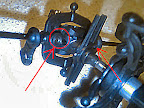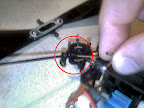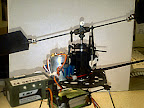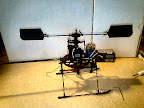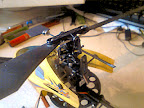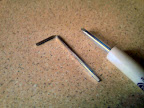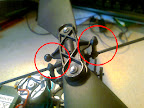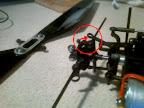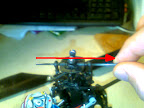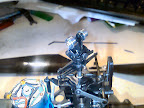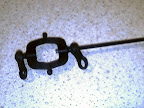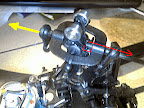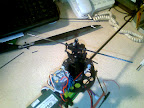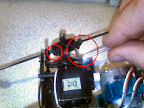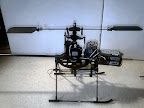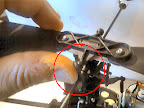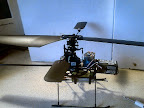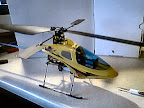Dear all,
I have had many requests for help in flying your honeybee FP helicopters. I would like to point out that I am as new to this as anyone else who has recently purchased a Honeybee! Alas, my piloting skills are not wonderful (hense the number of how to repair... entries coming up in my blog). I seem to have spent more time repairing than flying. But hey these are the perils of learning to fly.
Although the Honeybee is supposedly an entry level heli, it is a tough one to learn how to fly and the videos found on YouTube and such like make it look really easy. The Honeybee FP is not that easy to fly, and all I can really suggest is practice and nice wide open areas (with no trees!).
I have written a blog entry called "Beginners flying tips Honeybee FP by a beginner", and have also found a wealth of of information regarding getting in the air for the first time. I have linked some of these below.
Although I have found many tips on repairing and flying, I will still maintain this blog as a quick reference, as sometimes finding stuff on forums can be quite frustrating. The how to's in particular are either few and far between or simply not descriptive enough for me. Which is why I created this blog.
Anyway... Here are some very useful sites regarding the Honeybee FP.
- Claud's Learning Curve - ESky HoneyBee FP: Beginners Flying tips Honeybee FP by a beginner!: "Beginners Flying tips Honeybee FP by a beginner!"
- http://www.eflightwiki.com/eflightwiki/index.php?title=HoneyBeeFP: "ESky HoneyBee EFlight Wiki"
- http://www.heliguy.com/nexus/learning.html: "A Guide to Learning How to Fly Remote Control Helicopters"
- http://www.heliguy.com/nexus/newbie.html: "Remote Control Helicopters FAQ - Newbie Questions"
I have found that the forums on Heliguy are very very good, and there are lots of people who have much more experience in helping with queries regarding the Honeybee FP and many other helis. I recommend going to Heliguy for questions regarding specifics, where this blog is lacking.
I will continue to update this blog with how to's that I feel are relevant and hard to find in other locations. So please do come back and check if there is anything of any use.
Cheers
Claud
